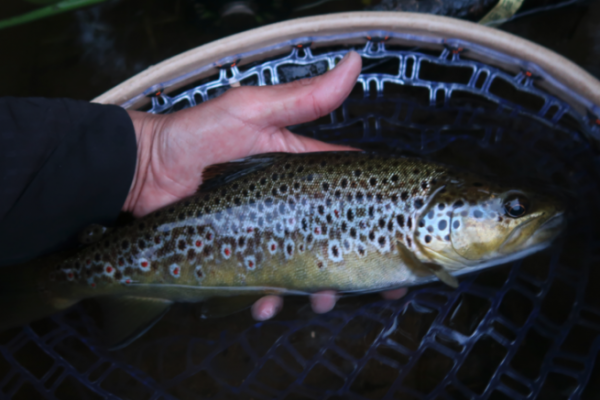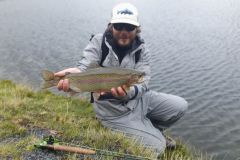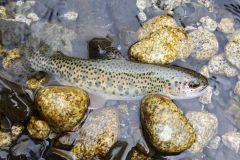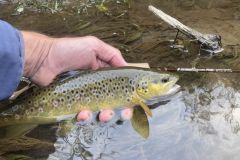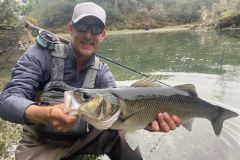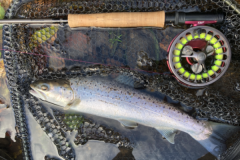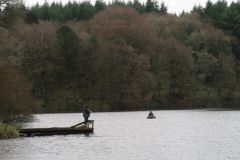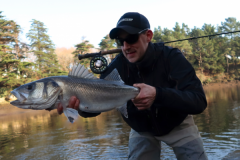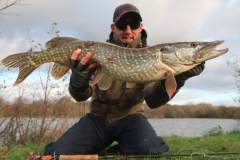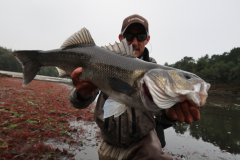From late May to early June, many fly-fishermen enjoy evening fishing to take advantage of the hatchlings that often occur at this propitious time of day. The rapid drop in air and water temperature is conducive to the hatching of aquatic insects. The trout are well aware of this, and are on the move, much to the delight of dry fly anglers.

Evening pre-coup, the first gobbles
The evening rush usually occurs in the last two hours of the day, just before dark. Sometimes it's short-lived, and it's only during the last half-hour that the bugs come out and the fish get busy. Sometimes, however, conditions are optimal and the river literally boils!

It's important to arrive a little early to take advantage of the evening pre-shot, which can sometimes be even better than the evening shot itself. This also allows you to be in the water when the hatching starts, and sometimes even to spot the spots if you're not too familiar with the area where you're fishing.
Observing or knowing which insects are going to hatch is very important, as trout can be very selective in these conditions.
Because when emergence starts, it's not so much a question of rummaging around in your box and looking for the right model! Identifying the insects that are hatching can also be done at this time, so you're ready for the final hatch.
Spotting beautiful fish
The first gobbles are often made by the small trout, which quickly become active, but the most beautiful fish will often come out at the last moment when the hatchlings are in full swing and it's worth going to the surface.
If you immediately attack every fish that gobbles, you run the risk of stalling the bigger ones, but this depends a little on your objectives and personality. Some anglers like to wait and observe nature's marvellous spectacle. Others will take pleasure in trying and/or catching every active trout.
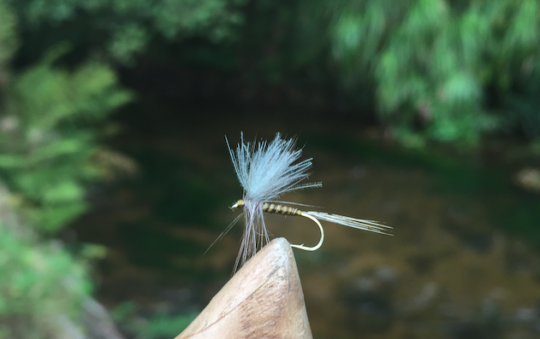
Beautiful fish are often much more discreet and can be distinguished from smaller ones. Gobbling usually makes no noise, and the wave is larger. The positions are often very specific. Gobbling is often less regular, as it is more selective and discreet. Knowing how to observe gobbling can often tell you a lot about the stage of the flies being caught, and therefore the type of fly to use.
Fishing at dusk
Just before dark, the pretty trout will come out and rise to the surface to gobble, especially if the hatch is worth the candle. You don't want to miss out, as this often happens very quickly. Select these fish carefully and bring them out without making too much noise. For big trout stalking, this is the time to catch the fish of the evening. It will have been selected and we won't have much room for error.
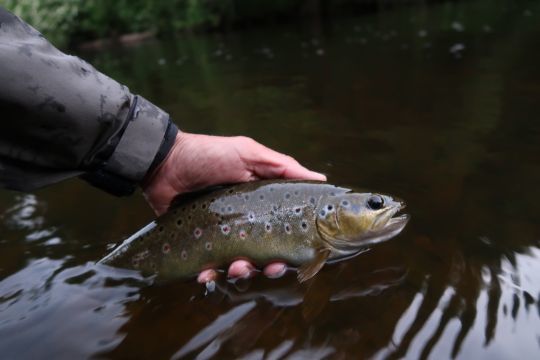
Shortly before the arrival of the bats, signalling the end of the legal hour, gobbling is often more numerous, but less easy to see. You can sometimes spot them by ear, and hear the beautiful aspirations of pretty trout.
Beware of spent fallout (dead insects), as this often happens at the end of the evening if a good mayfly hatch has taken place. If this is not the case, a sedge is often the key to success, and makes for a great evening's catch.
At the very end of the fishing trip, a drag sedge can sometimes be used to catch a few last fish when the light becomes very dim. Downstream fishing with a deer sedge or drag sedge can sometimes work wonders in these conditions.

 /
/ 